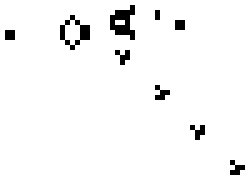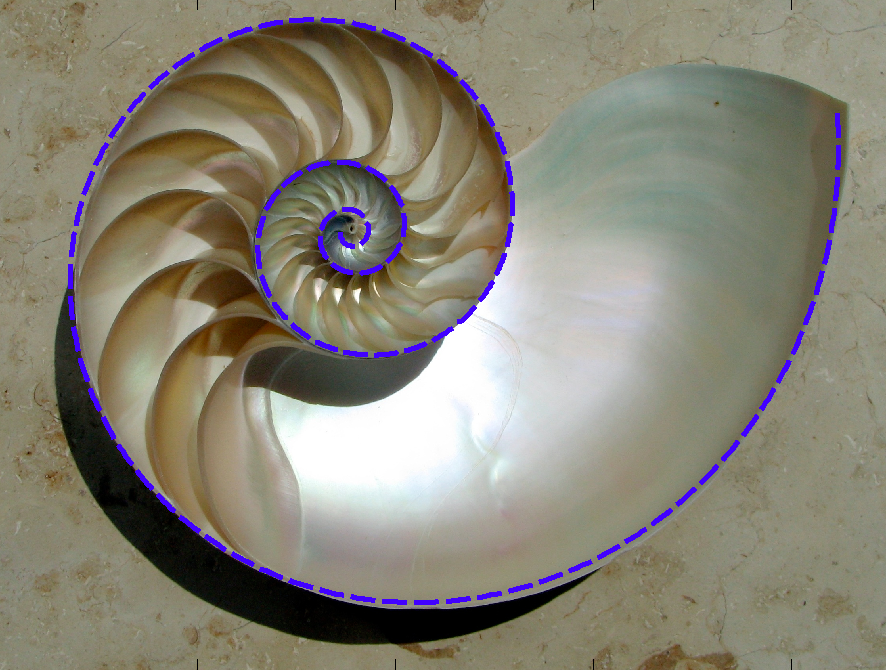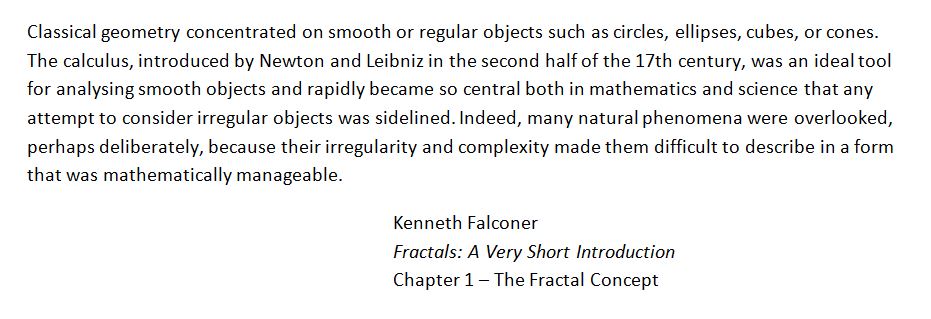 |
| John Conway playing the Game of Life in 1974. Kelvin Brodie, The Sun News Syndication |
The great 20th century mathematician John von Neumann pondered the idea of a self-reproducing machine. In the 1940s there was not enough technology available to build such a machine, but his fellow mathematician Stanislaw Ulam suggested he design a mathematical model using a two dimensional grid or cell space in which the logic of self-reproduction could be explored. The mathematics of cellular automata was born:
You can read through or download John von Neumann's ground-breaking book at the Internet Archives:
Theory of self-reproducing automata
When Cellular Automata were conceived, the computer was in its infancy and not ready to be applied in this area, so any work had to be done laboriously by hand, so to speak, or else only be theorized. Von Neumann considered this to be characteristic of a larger stalemate in modern mathematics that computers could someday remedy:
By the 1970s the computer was advanced enough to apply to cellular automata and this branch of mathematical research exploded into LIFE!
The mathematician John Horton Conway's cellular automata GAME OF LIFE became famous when an article appeared in the Mathematical Games column of Scientific American, written by Martin Gardner in October of 1970:
Gardner describes the simple rules for the Game of Life:
From the these guidelines Conway developed the laws of birth and death for the game of life:
Gardner presents a few examples, including the configuration which stabilizes after four generations into the form called the Beehive:
The Glider is a small configuration that "moves" across the grid. It does not really move, of course, since we are seeing successive generations of different cells that live and die, shifting down on the diagonal. Strictly speaking "movement" is not possible for cells in this sort of cellular automata:
The Glider Gun produces a steady stream of Gliders:
The following video provides an exciting overview of just some of the endlessly fascinating creatures found in the Game of Life:
Amazing Game of Life
In this caricature sketched by his friend Simon J. Fraser at a conference in Toronto, John Conway’s head has grown a “horned sphere,” a topological entity that is counter-intuitive and ill-behaved, much like the mathematician himself. The cartoon came with a dedication: "In homage to a diabolical mathematician."
- Siobhan Roberts author of Genius at Play, a wonderful biography of Conway
The brilliantly creative mathematician John Horton Conway provides some fascinating insights into the game that he unleashed upon the world:
Inventing Game of Life - Numberphile
John Conway Talks About the Game of Life Part 1
John Conway Talks About the Game of Life Part 2
In 2010 John von Neumann's dream was realized within the framework of the Game of Life.
The Canadian Life Enthusiast from Toronto, Andrew Wade was able to develop a Life form called Gemini that replicated itself. Adam Goucher, on the website Game of Life News noted: “In fact, this is arguably the single most impressive and important pattern ever devised.”
New Scientist: Self-Replicator
Gemini -- Self-replicating oblique spaceship
in Conway's Game of Life Cellular Automaton
Cellular Automata continue to have many surprising applications in a wide range of scientific areas:
Prof. Gerard 't Hooft, winner of the 1999
Nobel Prize in Physics gave a talk entitled "The Cellular automaton
interpretation of quantum mechanics" at Special Lectures of the Tohoku
Forum for Creativity
The Cellular Automaton Interpretation of Quantum Mechanics
Gerard 't Hooft has also written a fascinating book on the subject which the publisher generously provides, free of charge from the link below:
Exploring the Game of Life on Your Own:
You can play the Game of Life online at several websites. An excellent one is provided by Bitstorm:
Anyone wishing to explore the Game of Life on their own computer should download the free and amazing open source version called Golly. This version has a huge area of play and a wide variety of features and yet can run easily on a home computer, laptop or android tablet (Golly 1.2 for Android is now available at Google Play)













































